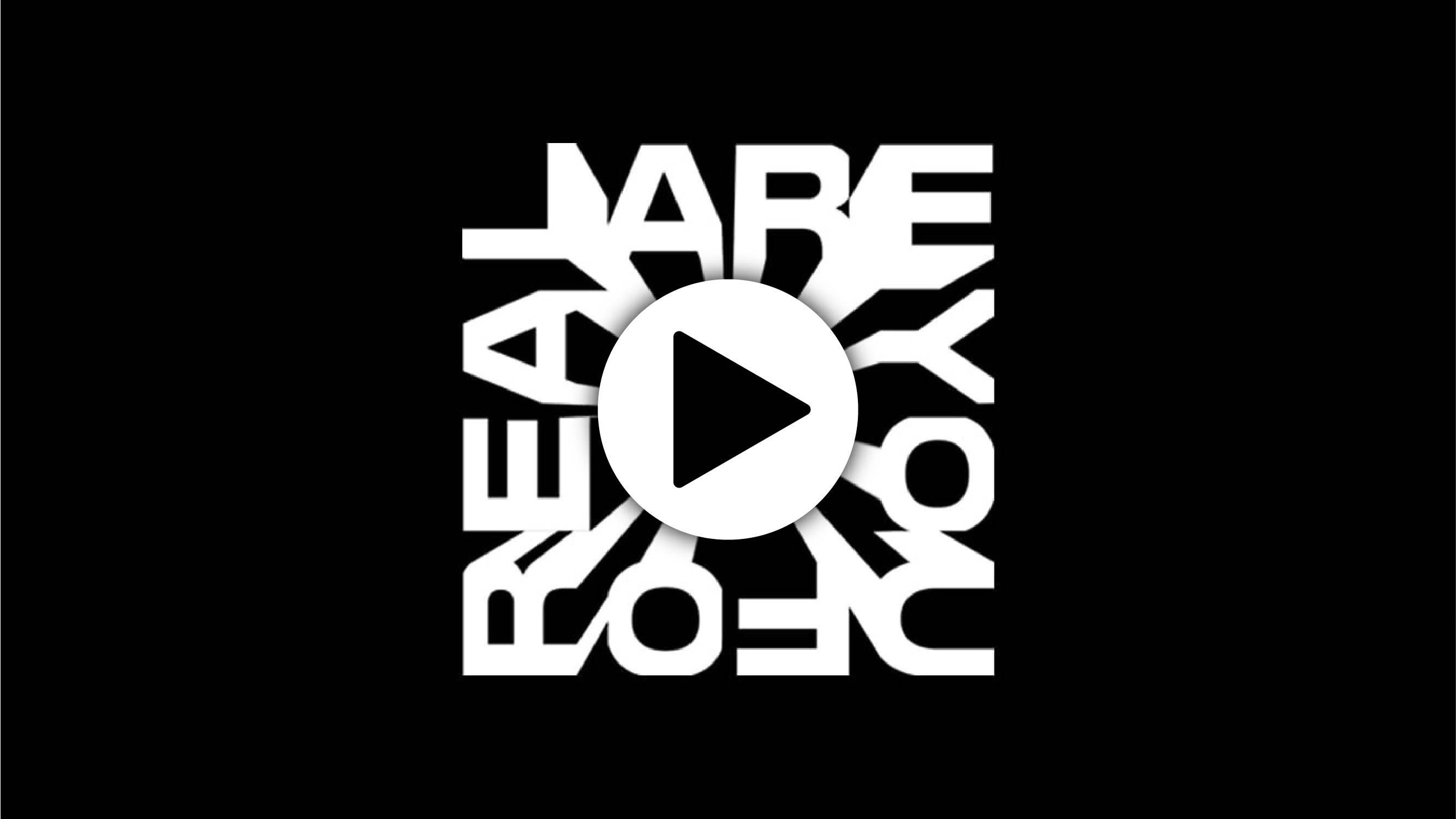
Imagine that you are standing in the micro-studio of a street artist in Luanda, and the next moment you find yourself behind a guy picking up money from a Western Union Counter in Nairobi. Suddenly you are on a stage with a young spoken word poet in Berlin and see people in the audience sharing images of this moment on Instagram. You step out of that Berlin bar into a gallery space in Lagos and from there move into the abstract digital universe created by an art collective in Jakarta.
How do we interpret and apprehend what we are seeing and experiencing? The continual digitalization of the world impacts cultural production. How does this happen? When and why does ‘realness’ start, and where does it end, if at all? These questions have been explored by many thinkers – from artists to scientists to philosophers – and gain particular relevance in current debate, as tensions between the physical and the digital increase. These tensions create new possibilities of accessibility, which is not only important for growing and maintaining networks, but also for the daily, if not hourly, movement of ideas, commissions, and money between global collaborators. All these factors have never been more pressing than they are now, during a time of worldwide crisis. Paradoxically, as we move towards immaterial experiences, we increasingly rely on physical infrastructure to construct them – from fibre optics cables to data centres.
An average teenager spends around eight hours ‘connected’ per day. Some people have millions of friends on social networks, and much of contemporary communication and interaction takes place in virtual environments. Concepts such as digital transformation, artificial intelligence (AI), augmented reality (AR), and virtual reality (VR) are steadily becoming a bigger part of our daily routines and cultural practices. Video games expose us more and more to alternative, inspirational universes, and algorithms impact our decision-making or even take control of our behaviour. Simultaneously, we seem to assume that it is evident that we live in a world that is real and easier to reach and grasp than ever before.
Realness exists on many levels, in different perspectives and temporalities.
What is real about an entire continent, a country, or a person? What is real about a digital image presented in the daily news and on social media? Which perspectives are ‘more’ real? ‘Realness’ here refers to a common understanding that because of constant digital interconnectedness we see, learn, and know about the world in ‘real-time’.
The web-based project ‘ARE YOU FOR REAL’ is about engaging with and visualizing connections of people, thoughts, things, and places – communication happening through the trading and training of data. It addresses the material and immaterial aspects of the ‘digital’ and how they are perceived from the perspectives of various disciplines: artists, researchers, and coders are commissioned to create works that offer us their understanding of and approach to reality.
This ongoing project is a platform of exchange that supports formats such as exhibitions, workshops, digital art spaces, and apps. It takes place in arbitrarily chosen sites, as wide-ranging as betting halls, post offices, gaming venues, and cultural centres.
While there is no intention of forming a linear narrative, a thread links the events and creates moments of encounter. Like the children's game in which a message is created, passed on, and distorted between one player to another through whispering, the outcome is always unexpected and unpredictable. This playful approach generates conversations between perspectives and concepts, helping explore the overlaps and interstices that link fields, formats, and contexts.
The artworks produced will change during the course of the project, as new artists join and take over, add, and react to them. This means that certain qualities of a traveling exhibition will become visible, articulated through the touring of thought and the changes and traces in each work.
The approach for this project challenges the decades-long format of touring exhibitions, as developed by ifa (Institut für Auslandsbeziehungen, an institute for international cultural relations), by sending exhibitions of art from Germany around the world. ‘ARE YOU FOR REAL’ aims to create an international cultural exchange as well as a contemporary co-creative practice of exhibition-making. The challenge is to deconstruct the inflexibility of the classic touring format and explore other models that respond to the questions we are posing through international collaboration and new artistic production.
Julia Grosse, Paula Nascimento, Yvette Mutumba

 The language used in this artwork is English
The language used in this artwork is English
About this game:
a sun.black takes the form of a generative essay-game: a procedural study in distributed poetics where every fragmented statement is assembled from bits and pieces, estranged and recollected. Inspired by Dambudzo Marechera’s Black Sunlight and Toni Cade Bambara’s On the Issue of Roles, a sun.black is a digital prototype for forming relations with amorphous and indeterminate archives of: Black liberation dreaming > which is liberation dreaming > which is dreaming > which is liberation.
a sun.black is a longness for telling us nothing we don’t already know.
In other words, a black sun rises and ‘one has to be in a perpetual state of change, without holding on to any certainties’1. ‘It may be lonely. Certainly painful. It’ll take time. We’ve got time.’2
2. Toni Cade Bambara, ‘On the Issues of Roles’ in Toni Cade Bambara (ed.), The Black Woman: An Anthology (New York: The New American Library, 1970).


 This work can be experienced either with or without VR glasses.
This work can be experienced either with or without VR glasses. The language used in this artwork is English, with some German passages.

VR work
When do things become real? Does a perspective become more real when it is reflected by media interest? Are privileged perspectives more real than others? Who can judge if something is real? Who is allowed to judge? Is there greater realness today because we can experience more perspectives online? Or is this moment just a brief interlude until marginalised voices get fed up with the steady salty swell of hatred they face, fostered by unjust design systems and algorithmic violence, and decide to back away? How are folks creating their/our own non-reformist reforms amid the digital-analogue mess? What are our communities’ positive visions for pluralist futures? Can they become more real when we share them?
With Into the Pluriverse, we enter through a wormhole into five different lives, different places, and different perspectives. One by one we encounter five people and experience how their thoughts interact. Tiara, an Indigenous cyberfeminist, scholar, and artist who investigates encounters between the Indigenous body and AI in writing and in performances with textiles. Aylin, who conducts scientific research into institutional racism, bringing proof and inspirational acknowledgement to many. Ulla, who serves as managing director of the queer feminist Missy Magazine while constantly pushing boundaries in her production of music and art festivals off the beaten track. Douniah, a singer, songwriter, and community activist with big visions and a powerful voice. And Rafiou, an exceptional digital and analogue artist creating 3D imaging with bold strokes.How do these remarkable artists, scientists, and feminists envision our collective future? What do they fight and wish for? And what do they have to say to each other? What questions arise within this discourse?
Twitter: @_aylinkarabulut
Aylin’s poem for Into the Pluriverse is read by Leila Essa, a literary scholar who currently teaches at Trinity College Dublin
Douniah is a Berlin-based singer, writer, and visual artist from Hamburg and Agadir. The interdisciplinary artist processes her Amazigh and German cultural heritage and identity in a mix of soul, indie, and poetry-influenced sound and visual concepts. In collaborative projects with Kabulfire Records Producer Fuchy, with High John, as well as with Treibhaus-Kollektiv, she has been active as singer, producer, filmmaker, and storyteller. She is currently working on a solo music project, which we will hear and see in 2021.
Instagram: @douniahagenauer
Rafiou Bayor is a 3D and visual artist from Munich known for his bold strokes and monochrome colour schemes. His recent work is influenced by spontaneity and simplicity, and inspired by childhood memories, cartoons, friends, family, basketball, and nonsense. Currently he is focused on drawing facial expressions and exaggerating them. Rafiou is part of the artist duo 4d.lab, an experimental multidimensional platform for visual art.
Instagram: @randomrafiou
Tiara Roxanne is an Indigenous cyberfeminist, scholar, and artist based in Berlin investigating encounters between the Indigenous body and AI. More particularly, she explores the colonial structure embedded within artificial intelligence learning systems through writing and through performance with textiles. Currently her work is mediated through the colour red. In 2013 she received the Zora Neale Hurston Award from Naropa University, where she earned her MFA. Under the supervision of Catherine Malabou, Tiara completed her dissertation, "Recovering Indigeneity: Territorial Dehiscence and Digital Immanence," in June 2019. She is currently a researcher at DeZIM-Institut.
www.tiararoxanne.com
Tiara’s audio track for Into the Pluriverse has been audio engineered by the composer Abigail Toll.
Ulla Heinrich studied cultural education and cultural management and worked for many years in cultural and neighbourhood projects with children and young people before turning to project management and communication. As an accomplished music nerd, she organises punk concerts and free educational events with her queer-feminist collective. She develops emancipatory utopias for a feminist future together with artists, scientists, and activists as part of her collective dgtl fmnsm. Ulla is managing director of Missy Magazine, the leading German-language magazine for pop, politics, and feminism.
http://www.digitalfeminism.net







Xiaoyu Tang & Sayaka Katsumoto


